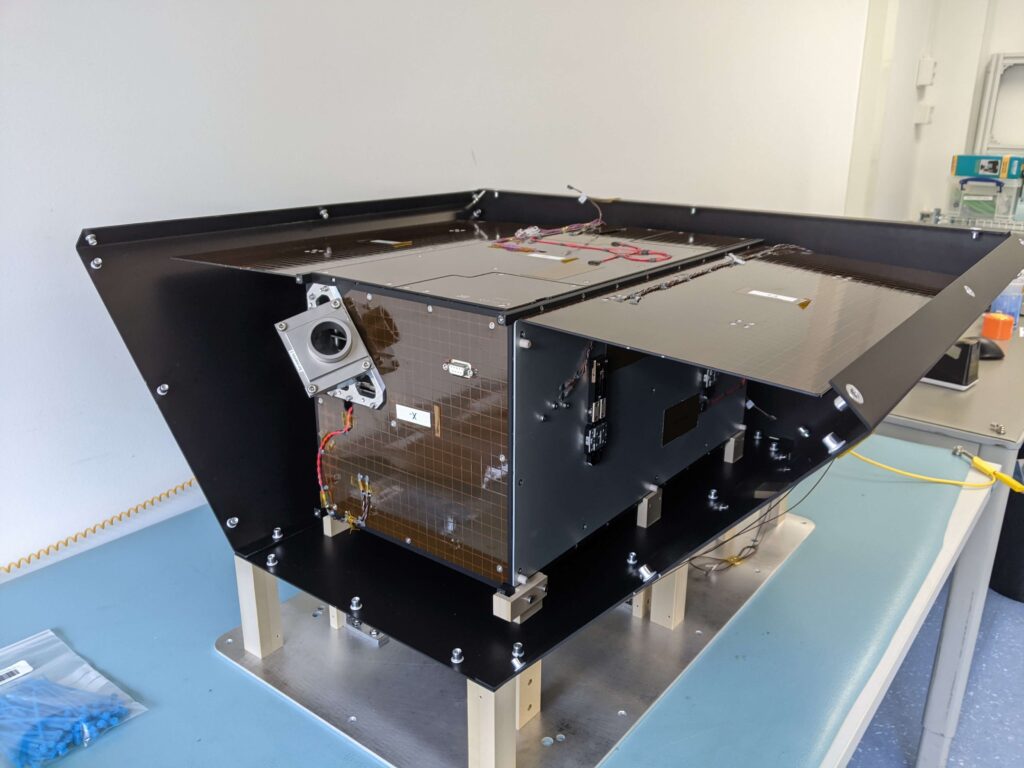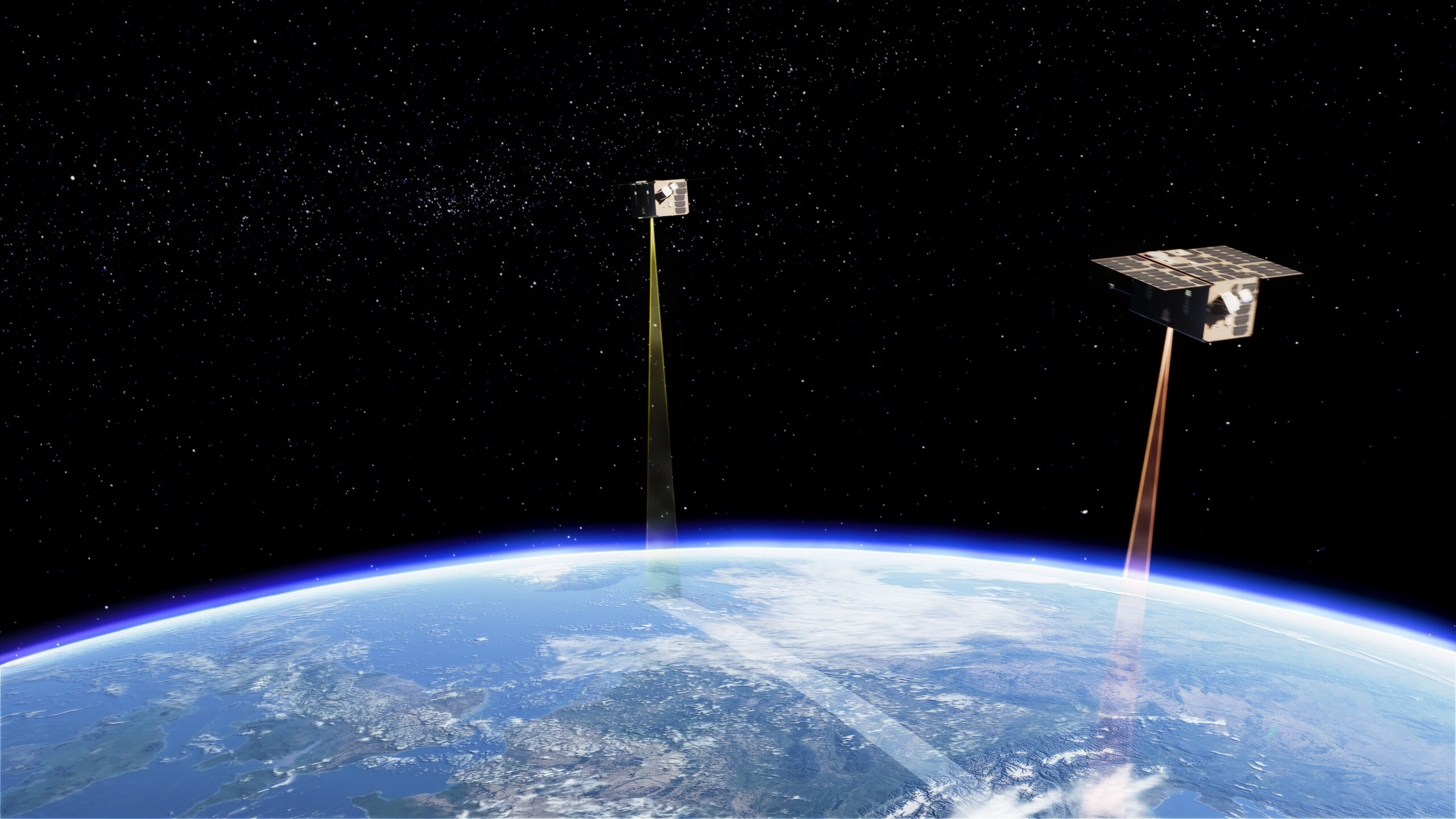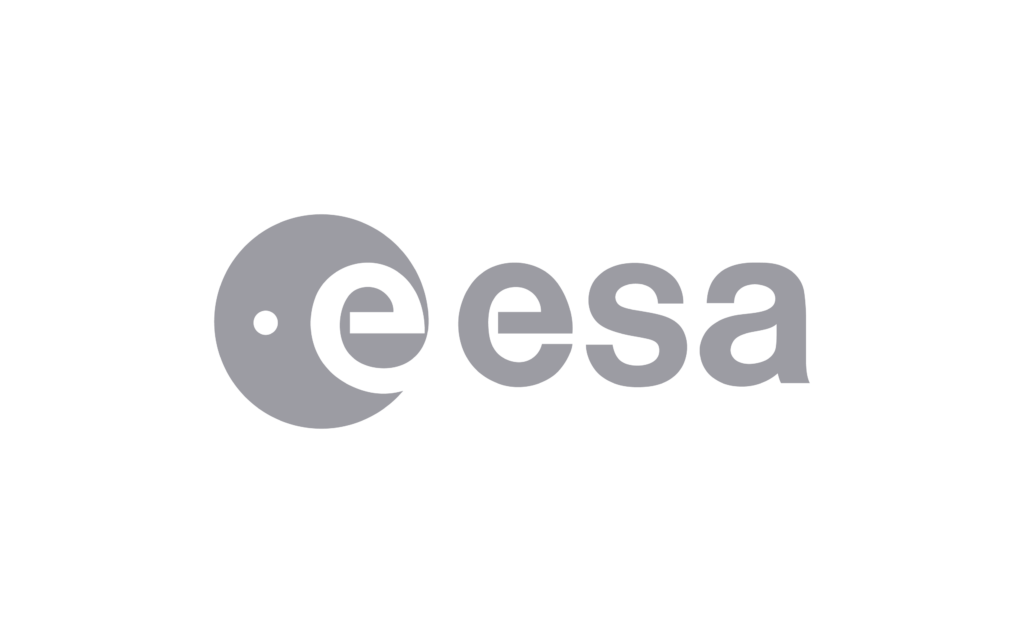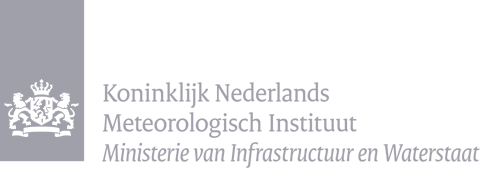| Status | In development |
| Launch | 2027 |
| Space organisation | ESA |
| Type | Visibel /Infrared (405-490 nm and 1590-1675 nm) |
| Orbit | Geocentric (polar) |
| SRON contribution to | TANGO-Carbon |
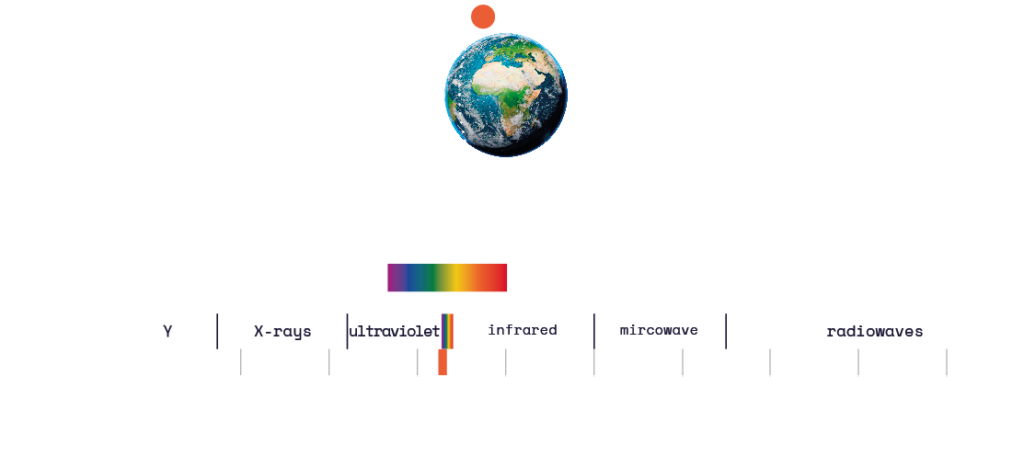
Over ninety percent of global warming is due to CO2 and methane. To meet stated climate goals, it is essential to monitor emissions of these greenhouse gases at the level of individual emitters. From space, measurements are possible all over the world with the same instrument and by an independent party. Each year, TANGO measures emissions from more than ten thousand sources. The mission complements the active satellite Sentinel-5p and the upcoming CO2M mission, which measure methane and CO2 and methane respectively with a wide field of view.
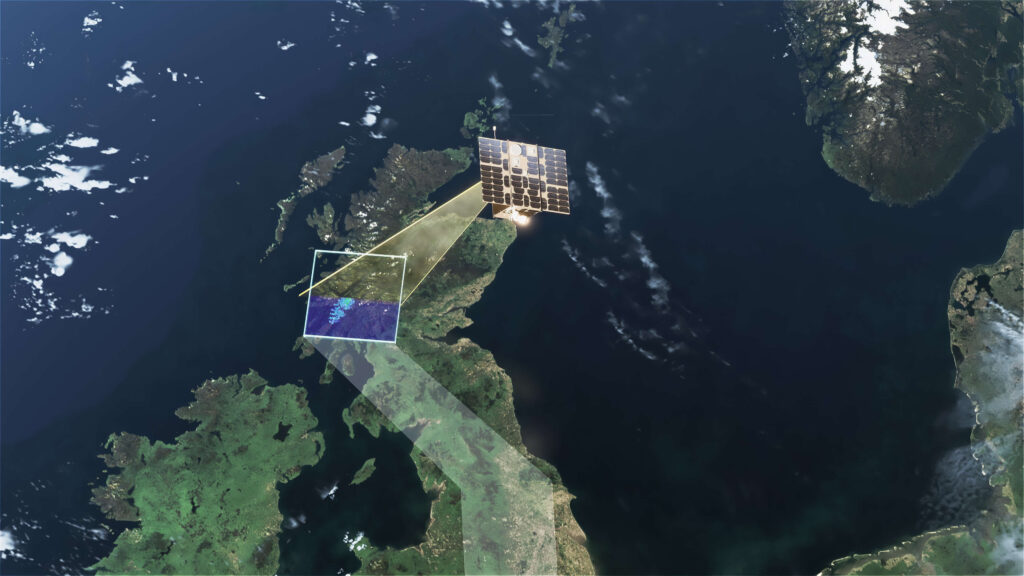
Two cubesats fly in tandem
TANGO consists of two cubesats-TANGO-Carbon and TANGO-Nitro-that fly right behind each other and thus can measure the same source. TANGO-Carbon measures CO2 and methane and TANGO-Nitro measures nitrogen dioxide (NO2). The latter is needed to measure CO2 emissions from smaller sources. This is because CO2 emissions are often accompanied by NO2 emissions in the same proportion, which is easier to measure.
Flexible field of view and stare mode
Both satellites have a field of view of 30×30 kilometers, but their flexible design allows these cubesats to see 300 kilometers to the left and right of their flight path, depending on where a source of interest is located. They also have a “stare mode” that allows them to observe a source for up to five times longer, increasing their sensitivity to smaller sources. TANGO sees sources with minimum emissions of 300 tons of CO2 per hour or 600 kg of methane per hour. This makes it sensitive enough to see emissions from industrial facilities, such as coal-fired power plants and oil refineries.
